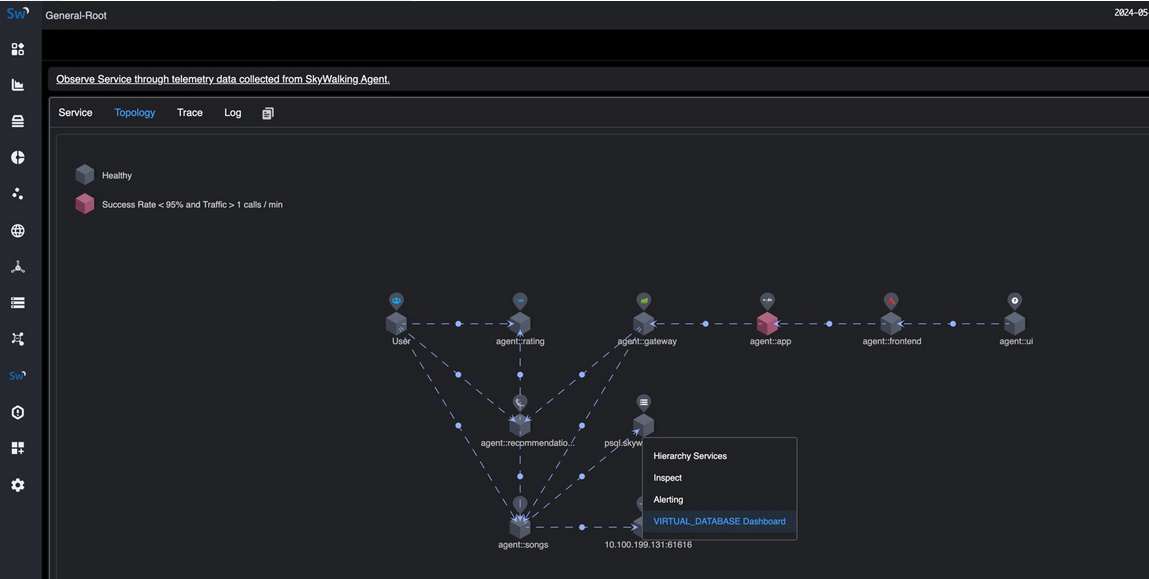| Apache SkyWalking 10 Adds Layer and Service Hierarchy |
| Written by Kay Ewbank |
| Thursday, 20 June 2024 |
|
Apache SkyWalking 10 has been released with improvements including a Layer and Service Hierarchy that streamlines monitoring by organizing services and metrics into distinct layers. The Kubernetes Network Monitoring has also been improved. SkyWalking is an application performance monitor tool for distributed systems, especially designed for microservices, cloud native and container-based (Kubernetes) architectures.
SkyWalking provides distributed tracing with service topology analysis, service-centric observability and APIs dashboards. It has a good selection of agents including Java, .Net Core, PHP, NodeJS, Golang, LUA, Rust, C++, Client JavaScript and Python agents, and is an early adopter of eBPF; the Rover agent works as a monitor and profiler powered by eBPF to monitor Kubernetes deployments and diagnose CPU and network performance.
SkyWalking includes a native APM database based on BanyanDB that can be used to ingest, analyze and store telemetry/observability data. The new release builds on the layer concept that was introduced in SkyWalking 9. This provides a framework organizing system in layers such as the operating system and Kubernetes layers, based on their roles and responsibilities in the system. SkyWalking already offered monitoring and diagnostic tools for each layer, but until now there was a gap between the layers. SkyWalking 10 can now connect across different layers to improve the monitoring experience. It also introduces Service Hierarchy, which defines the relationships of existing logically same services in various layers. The team says this means that when there's a service performance issue, users can easily analyze the metrics from different layers and track down the root cause. Kubernetes monitoring has also been improved with the change to use eBPF. Until now, SkyWalking used Kubernetes monitoring from kube-state-metrics and cAdvisor, which can monitor the Kubernetes cluster status and the metrics of the Kubernetes resources. By making use of SkyWalking Rover, the new version can now monitor the Kubernetes network traffic by using eBPF, which can collect and map access logs from applications in Kubernetes environments. This means SkyWalking can analyze and provide the Service Traffic, Topology, TCP/HTTP level metrics from the Kubernetes aspect. This release has also added support for BanyanDB native APM database, and the ability to monitor Apache RocketMQ servers.
More InformationRelated ArticlesTo be informed about new articles on I Programmer, sign up for our weekly newsletter, subscribe to the RSS feed and follow us on Twitter, Facebook or Linkedin.
Comments
or email your comment to: comments@i-programmer.info |
| Last Updated ( Thursday, 20 June 2024 ) |



